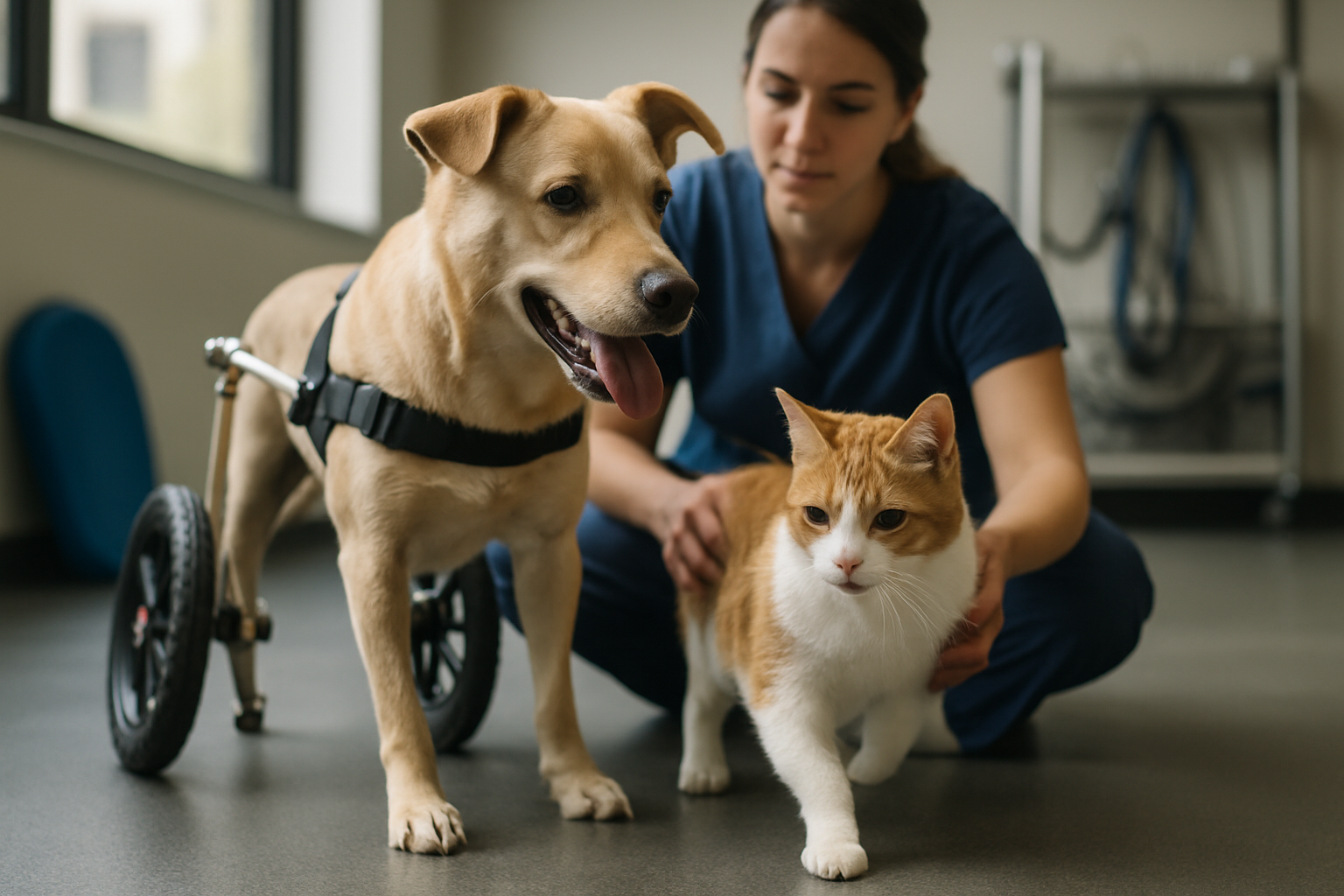Understanding Pet Insurance: Costs, Coverage, and Considerations
Pet insurance has become an increasingly popular option for pet owners in the United States who want to manage veterinary expenses and ensure their furry family members receive necessary care. As veterinary medicine advances, treatments become more sophisticated—and often more expensive—making pet insurance a consideration worth exploring. This article examines what pet insurance covers, how much it typically costs, and how to determine if it's the right choice for your pet's healthcare needs.

How Much Does Pet Insurance Cost Per Month?
Pet insurance premiums in the USA typically range from $25 to $100 per month, though costs vary significantly based on several factors. The most influential pricing factors include your pet’s age (younger pets cost less to insure), breed (breeds predisposed to certain conditions may cost more), location (urban areas generally have higher premiums), and the level of coverage you select.
Most providers offer tiered plans with different premiums based on coverage levels. Basic accident-only plans may start around $10-20 monthly, while comprehensive plans covering accidents, illnesses, and wellness care can exceed $100 monthly for older pets or breeds with known health issues. Deductibles, reimbursement percentages, and annual limits also affect your monthly premium—higher deductibles generally mean lower monthly costs but more out-of-pocket expenses when filing claims.
Pet Insurance That Covers Routine Care
While many pet insurance policies focus on unexpected accidents and illnesses, some providers offer wellness or preventive care coverage, either as standalone plans or add-ons to comprehensive policies. These wellness plans typically cover routine veterinary expenses such as:
-
Annual wellness exams
-
Vaccinations
-
Dental cleanings
-
Flea, tick, and heartworm prevention
-
Routine blood work
-
Spaying/neutering procedures
-
Microchipping
Wellness coverage usually operates on a scheduled benefit system rather than a percentage reimbursement model. This means the plan allocates specific amounts for each covered service up to annual maximums. While adding wellness coverage increases your monthly premium by approximately $10-30, many pet owners find value in spreading these predictable costs throughout the year rather than paying larger lump sums during vet visits.
Pros and Cons of Pet Health Insurance
Understanding the advantages and disadvantages of pet insurance can help you make an informed decision about whether a policy makes sense for your situation.
Pros:
-
Financial protection against unexpected, high-cost veterinary emergencies
-
Greater peace of mind when making treatment decisions
-
Ability to choose any licensed veterinarian (unlike human health insurance networks)
-
Predictable budgeting for pet healthcare expenses
-
Potentially life-saving access to treatments that might otherwise be unaffordable
Cons:
-
Monthly premiums represent an ongoing expense even if your pet remains healthy
-
Pre-existing conditions are typically excluded from coverage
-
Reimbursement model requires upfront payment before receiving insurance compensation
-
Some routine care may not be covered in standard plans
-
Premiums increase as pets age and become more likely to need care
-
Waiting periods before coverage takes effect (typically 14-30 days)
Pet Insurance vs Out-of-Pocket Vet Bills
When comparing pet insurance to paying vet bills directly, several considerations come into play. The primary benefit of insurance is protection against catastrophic expenses—emergency surgery can cost $2,000-$5,000, while cancer treatments might exceed $10,000. These unexpected costs can force difficult financial decisions during already stressful situations.
However, if your pet remains relatively healthy throughout its life, you might ultimately pay more in insurance premiums than you would have spent on direct veterinary care. This uncertainty makes the decision highly individualized based on your financial situation, risk tolerance, and specific pet factors.
Some pet owners choose alternatives like creating dedicated savings accounts for pet healthcare or applying for veterinary credit lines when needed. Others prefer the predictability and peace of mind that comes with insurance coverage, especially for breeds prone to hereditary conditions or for owners who would pursue all available treatment options regardless of cost.
Pet Insurance Options in the USA
The pet insurance market in the United States has grown substantially, offering various options to meet different needs and budgets. Here’s a comparison of several established providers:
| Provider | Monthly Cost Range | Coverage Options | Deductible Options | Reimbursement Rates |
|---|---|---|---|---|
| Healthy Paws | $25-$50 | Accidents, illnesses, hereditary conditions | $100-$500 | 70%-90% |
| Nationwide | $35-$100 | Comprehensive, major medical, wellness | $100-$250 | 50%-90% |
| Trupanion | $30-$100 | Accidents, illnesses, congenital conditions | $0-$1,000 | 90% |
| ASPCA | $25-$75 | Accident-only, accident & illness, preventive | $100-$500 | 70%-90% |
| Pets Best | $30-$60 | Accident-only, comprehensive, wellness | $50-$1,000 | 70%-90% |
| Embrace | $25-$60 | Accident & illness, wellness rewards | $100-$1,000 | 70%-90% |
Prices, rates, or cost estimates mentioned in this article are based on the latest available information but may change over time. Independent research is advised before making financial decisions.
When selecting a provider, consider factors beyond just price, such as:
-
Claim processing reputation and speed
-
Customer service quality
-
Coverage exclusions and limitations
-
Policy caps or lifetime limits
-
Age restrictions (some providers won’t cover senior pets)
-
Waiting periods before coverage begins
Should You Get Pet Insurance?
The decision to purchase pet insurance ultimately depends on your individual circumstances. Pet insurance tends to provide the most value for:
-
Young pets insured early before developing pre-existing conditions
-
High-risk breeds prone to hereditary or congenital issues
-
Active pets with higher accident potential
-
Owners who want maximum care options without financial constraints
-
Those who prefer predictable monthly expenses to unexpected large bills
Regardless of your decision, it’s crucial to thoroughly research policy details, understand exactly what is and isn’t covered, and consider your pet’s specific health risks and your financial situation. Many providers offer customizable plans that allow you to adjust deductibles, reimbursement percentages, and annual limits to find the optimal balance between monthly premiums and potential out-of-pocket expenses.




